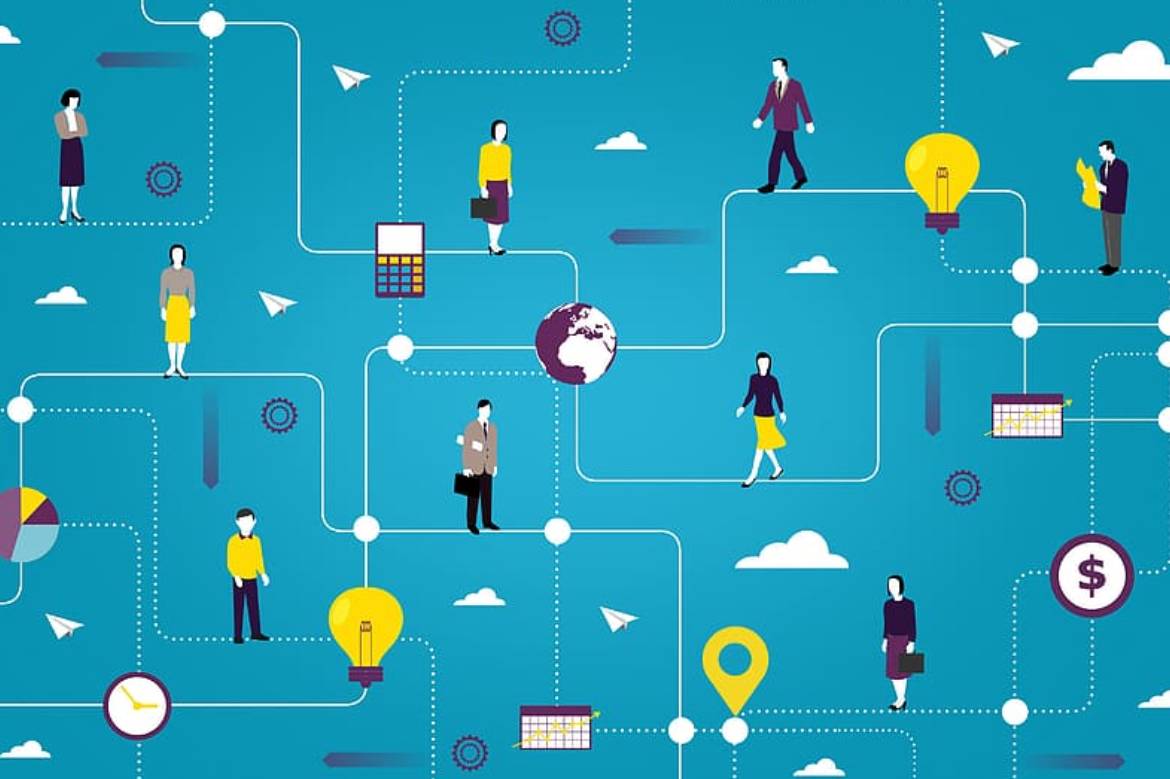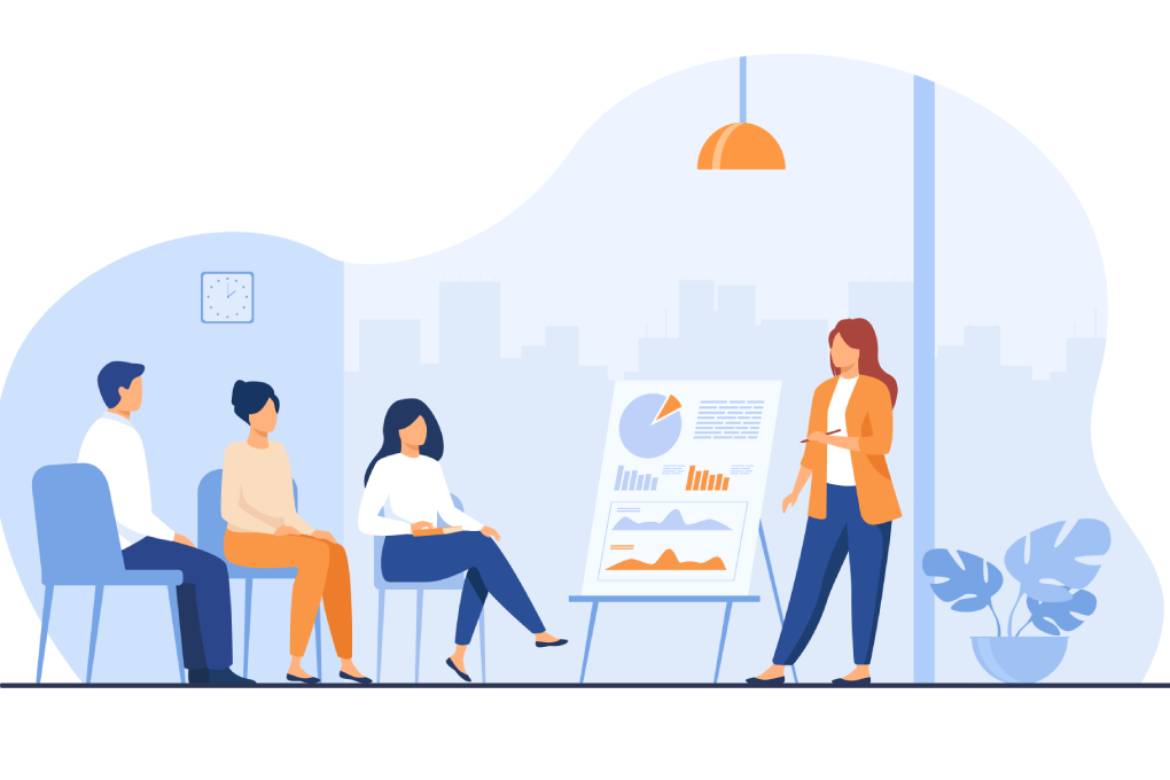Out of today’s emerging technologies, Big Data has the most potential to improve our day-to-day lives. In our article What Is Big Data?, we explained that leveraging Big Data involves using specific solutions to process, evaluate, and store large amounts of information. As such, it’s extremely useful for providing insights in fields like business and science.
As this technology develops even further, the use cases of Big Data continue to multiply. Today, it’s playing a significant role in both the administration of educational initiatives and their subsequent learning outcomes. Below are a few such applications that are set to shape the future of education as we know it.
Table of Contents
Digital Support Systems
Arguably one of the most prevalent applications of Big Data in education is the use of classroom management software. With it, teachers can determine exactly which parts of a lesson or assessment a student excels or lags behind in. This allows them to give more accurate and relevant feedback to students and improve their learning outcomes across the board. Take EdTech leader New Globe, which is best known for powering the Bridge International Academies school network. Its digital learning platform conducts real-time data analysis to process more than a billion data points each year, allowing its African government partners to make better decisions in the sphere of public education.
Enhanced Student Engagement
As interesting as educators design their lectures to be, they’re still bound to lose the attention of their students somewhere down the line. Unexpectedly, Big Data can help prevent students from whipping out their phones in the middle of class. Many digital platforms now use facial recognition software to track students’ attention levels. These are then analyzed to provide educators with information on the level of student engagement in the classroom. Such methods have been successfully used for some years now, as exemplified by a 2017 Find Biometrics article titled Paris School of Business to Use Facial Biometrics to Track Students’ Focus.
Customizable learning
Students are usually grouped by age. Today, Big Data makes it more possible for schools to try what’s known as ability grouping, or grouping students based on data such as their grades and class performance. This allows students to be broken down into smaller classes where educators can pay more attention to each individual child. Ability grouping also aims to help students learn at their own pace by removing some of the peer pressure felt when keeping up with more skilled classmates. Finally, it helps educators target the needs of these smaller groups of students than less effectively trying to broadly cover the needs of a large class. Research from Frontiers in Psychology shows that this method has found much success in Australian schools.
Improved Career Guidance
Big Data has also proved useful in higher education circles, where it’s helping students finish college and find careers that are best aligned with their interests. The Journal of College Student Retention found that an American university’s wealth of student information serves as a good data set to predict future student performance. This is analyzed to determine which students are likely to drop out and therefore need more guidance. This data set can also give career advisors the information they need on a student’s personal interests to provide more useful and relevant career advice, especially in cases where students are undecided about their future career paths.
Big Data has a lot to offer today’s educators. If schools continue to leverage its benefits, we can expect a future where students learn about what interests them in their own way and at their own pace — effectively equipping them to make their own mark on the world when they grow older. For more of the latest educational trends do check out our other posts on Tech Trends Daily.
Also Read: 5 Things Every Teacher Should Try In 2022




